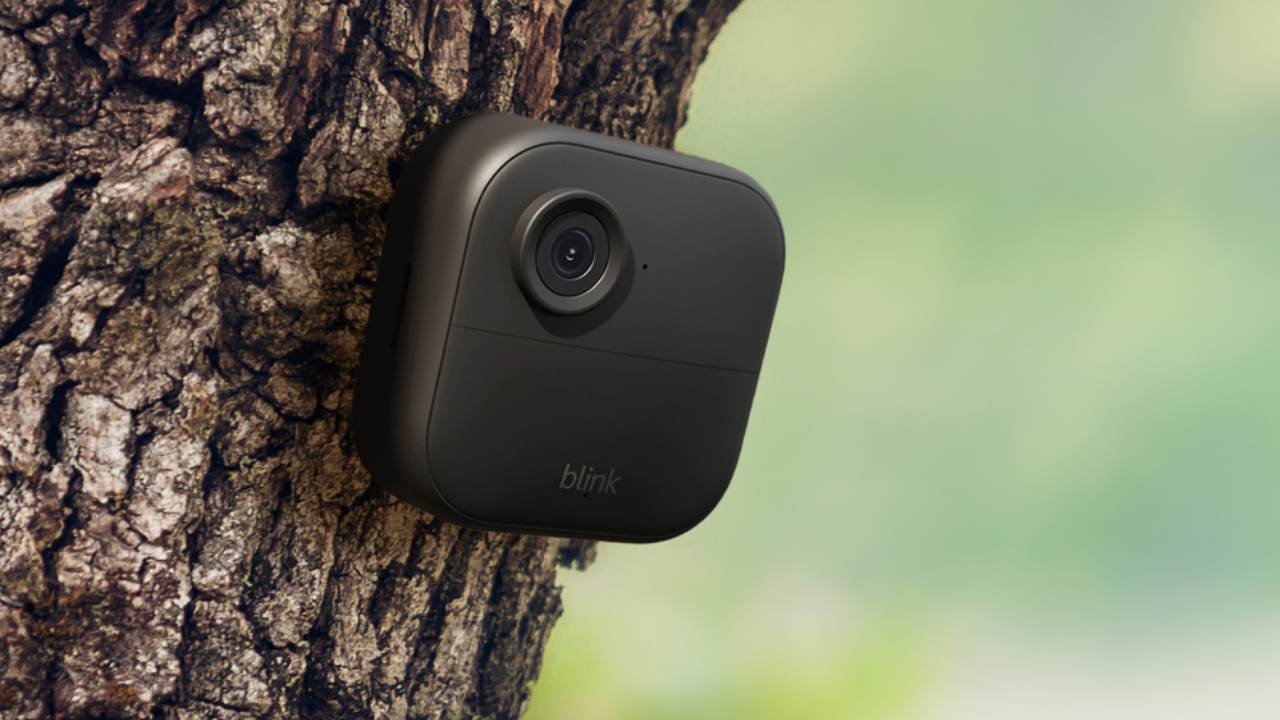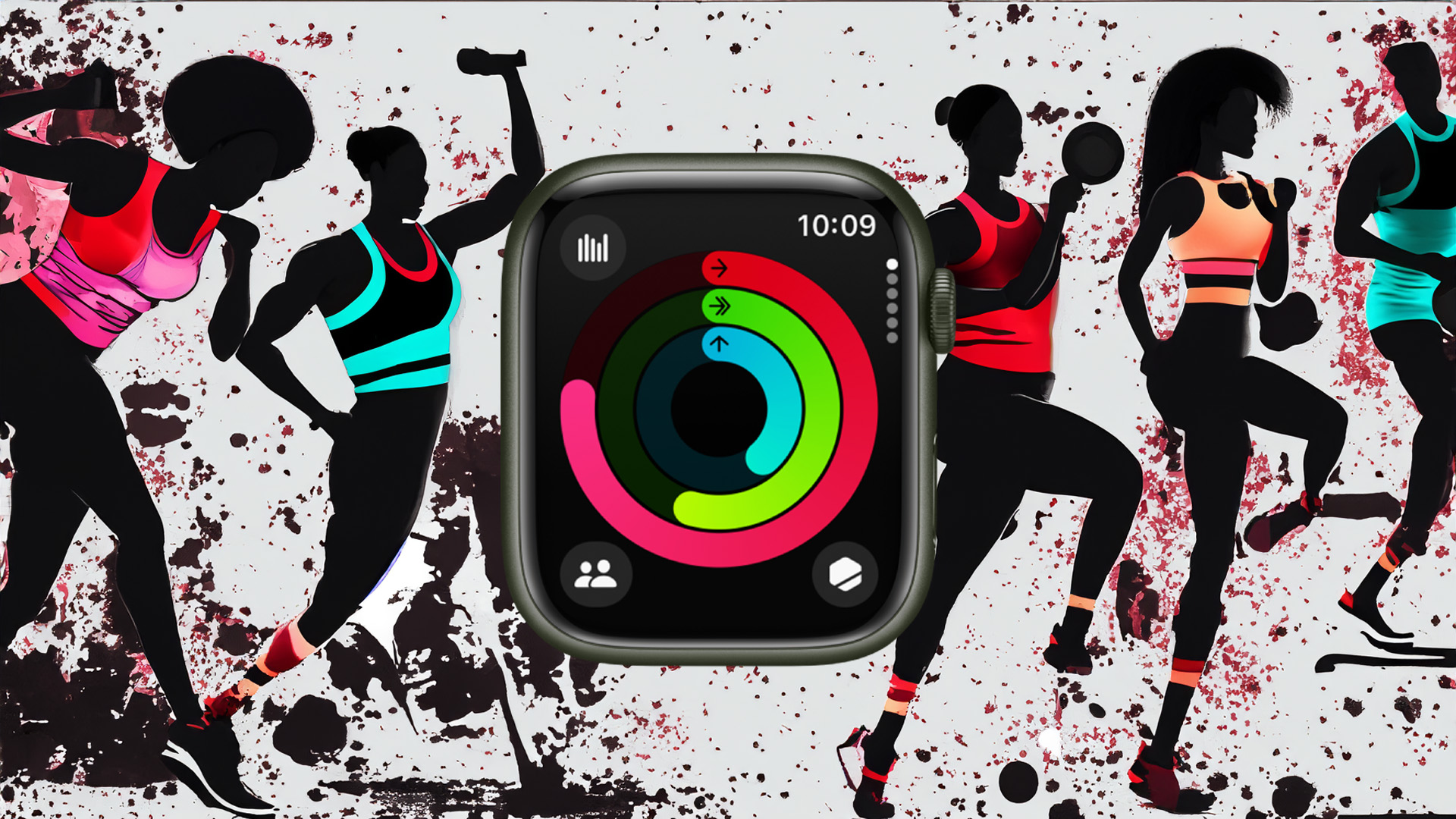

The Apple Watch debuted back in 2015, and while Apple’s messaging around it changed (it’s no longer a luxury-minded wristwatch alternative), the device itself is relatively unchanged.
Both from the outside and within, the Apple Watch Series 9 isn’t all that different to the Series 0 which feels so long ago already, and one through line that has persisted all the way is the “activity rings”.
The red, green, and blue circles for calories burned, activity, and standing each hour are still present, even as the Apple Watch’s sensors have grown more plentiful and more ambitious. And yet, they’re arguably lagging behind the competition now.
Here’s why, with the rumored Apple Watch X, it’s time for Apple to make some changes to the activity rings.
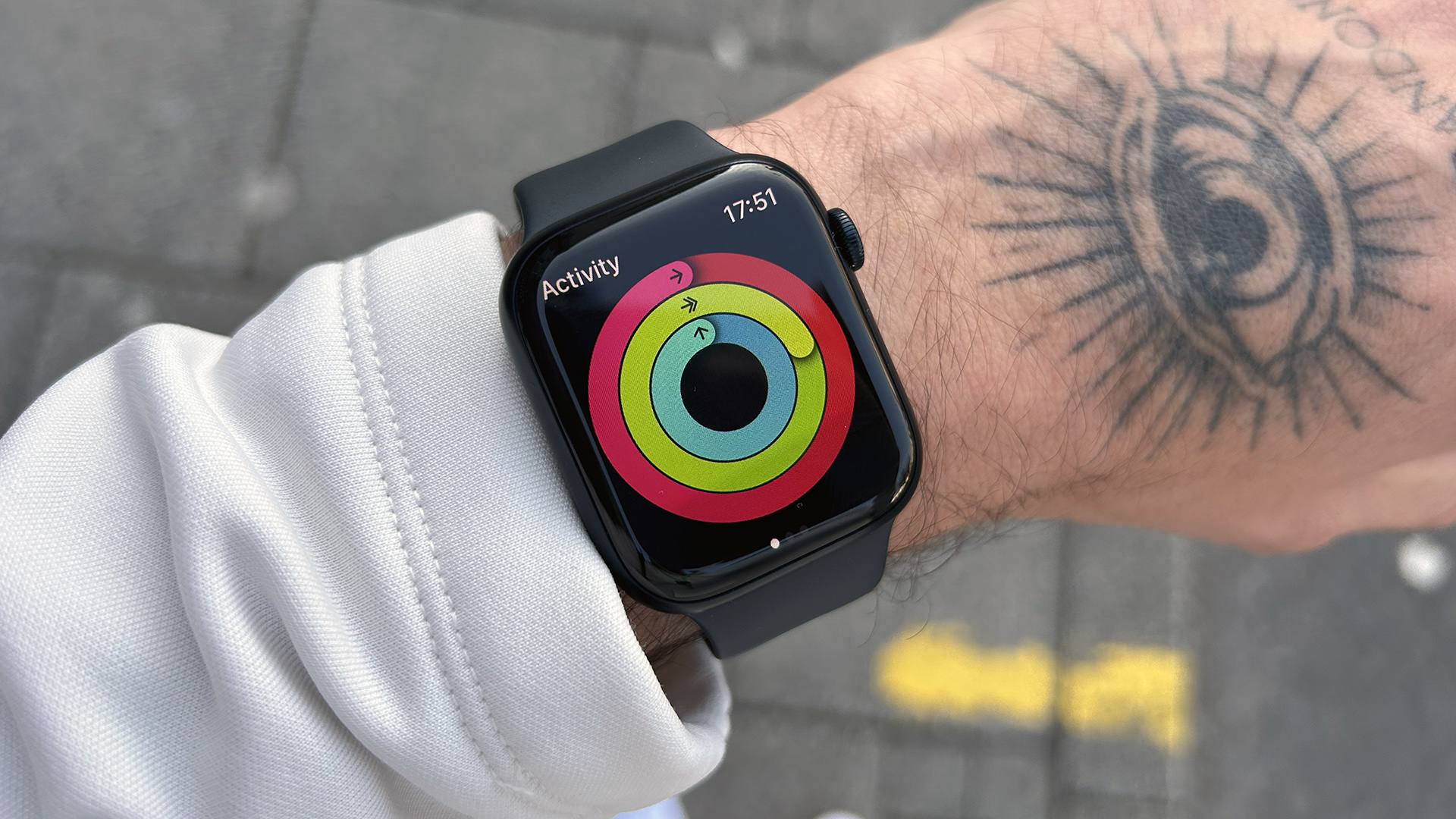
Ring it to win it
I should preface this argument by saying I’ve loved the activity rings. The way they nudge you gently through the day is appreciated on most days when I need to be reminded to get up and move around—especially after spending hours at a desk.
There’s also a certain satisfaction in seeing Apple’s slick animations as you hit the next milestone or rack up a streak or other achievement.
The activity rings are a great starting point, but they don’t go far enough to promote balance. They’re a “one size fits all” solution to a problem that requires much more nuance.
Sign up to the T3 newsletter for smarter living straight to your inbox
Get all the latest news, reviews, deals and buying guides on gorgeous tech, home and active products from the T3 experts
By making the activity rings so easy to understand, Apple has almost dumbed down one of the most important aspects of fitness – rest and recovery.
Take it slow
Recovery is often underappreciated. After all, muscles don’t grow or repair themselves without taking time to rest post-workout, and for all of the importance placed on exercising correctly and regularly, not enough is said about the time between workouts.
If, like me, you enjoy lifting weights, you’ll know it’s easy to plateau when you lift weights for seven days a week, but taking a day or two out of the gym to repair torn muscle fibres is very, very important.
That may not be a typical use case for the average Apple Watch user, but with fitness programs for ‘Functional Strength Training’ and the like, Apple needs to be careful it doesn’t keep nudging users to work out day after day, regardless of their chosen discipline.
That’s how injuries happen, and an injury can stop a workout regimen in its tracks and also stop a user from wanting to push themselves.
Thankfully, Apple has plenty of inspiration to take from other manufacturers already.
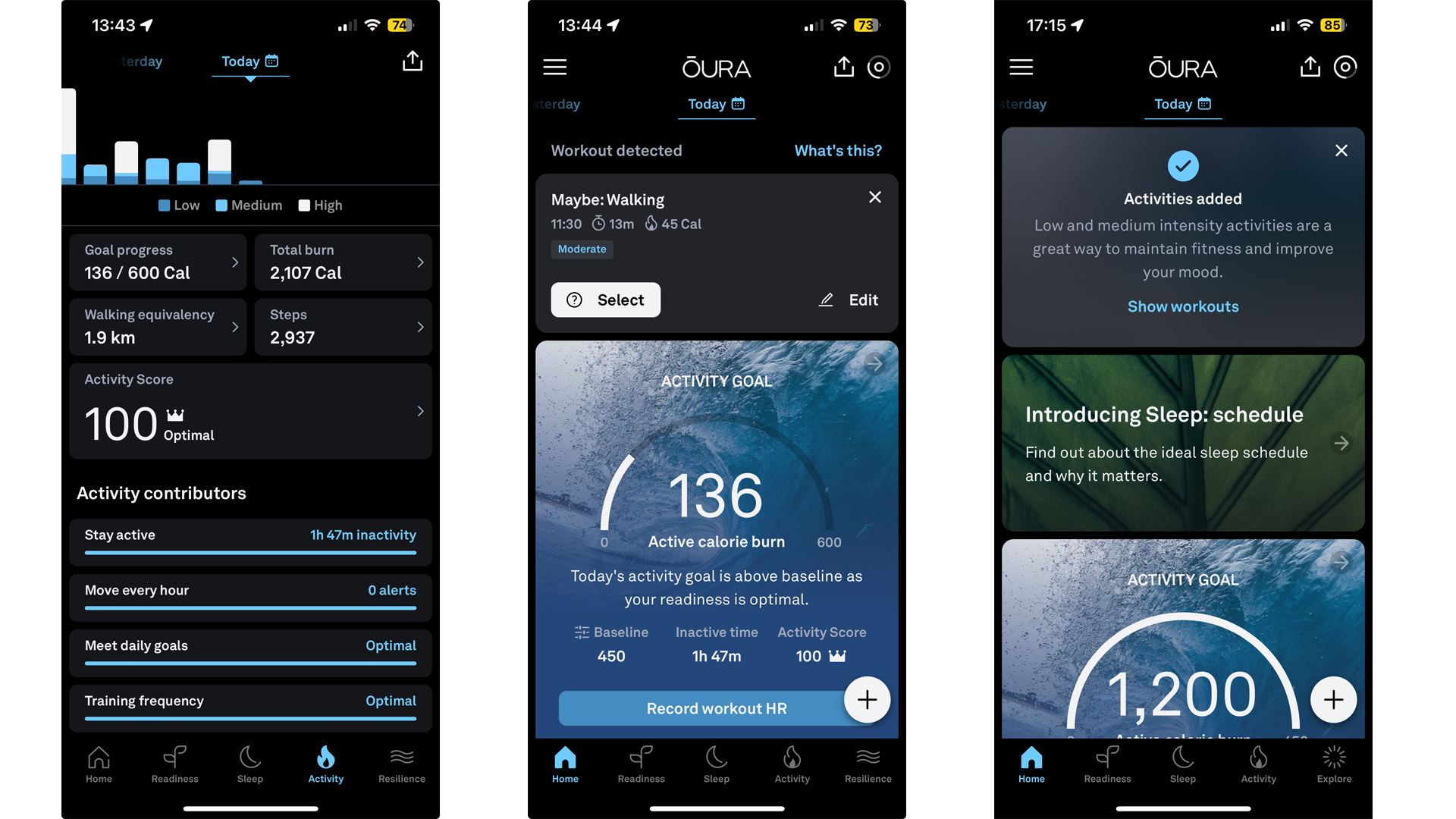
Oura offers a more sophisticated activity-tracking system
Set a new score
Apple’s nudge to get you out of the door is great and all, but it really only factors in your activity on any given day. It’ll remind you of yesterday’s rings, sure, but it won’t use that information to tailor anything to your body’s exertion levels.
Thankfully, there are third-party options that give you a more holistic view of your body’s current well-being. I use Fitbod, a workout planner and tracker that tracks not only what exercises you do but also how they affect your muscles.
It’s not uncommon for the app to show certain areas as being overworked and adjusting your next couple of workouts to take that into consideration.
On the other hand, other trackers have leapfrogged Apple in this regard - and many offer much cheaper products.
Take Fitbit, for example, which offers a Daily Readiness Score as part of its premium subscription service. This takes into account your sleep, activity from the day before, and your heart rate to help you know how hard you should push yourself on any given day.
By tying these things together in an easy-to-read number, you know whether today’s the day to push for a new PB or if it’s better to rest instead.
Fitbit isn’t the only one, either. Garmin watches offer a recovery time metric as soon as you save an activity, while Oura Ring Gen 3 goes a step beyond and has multiple readiness scores and can even advise you when you might be getting sick—adding a fresh detail you may otherwise have missed.
If Apple can implement something like a readiness score for the Apple Watch X and the next iteration of watchOS, it could be a massive step forward in fitness tracking within its ecosystem. Until then, I’ll keep closing my rings.

Lloyd Coombes is an expert in all things Apple as well as in computer and gaming tech, with previous works published on TechRadar, Tom's Guide, Live Science and more. You'll find him regularly testing the latest MacBook or iPhone, but he spends most of his time writing about video games as Gaming Editor for the Daily Star. He also covers board games and virtual reality, just to round out the nerdy pursuits.
-
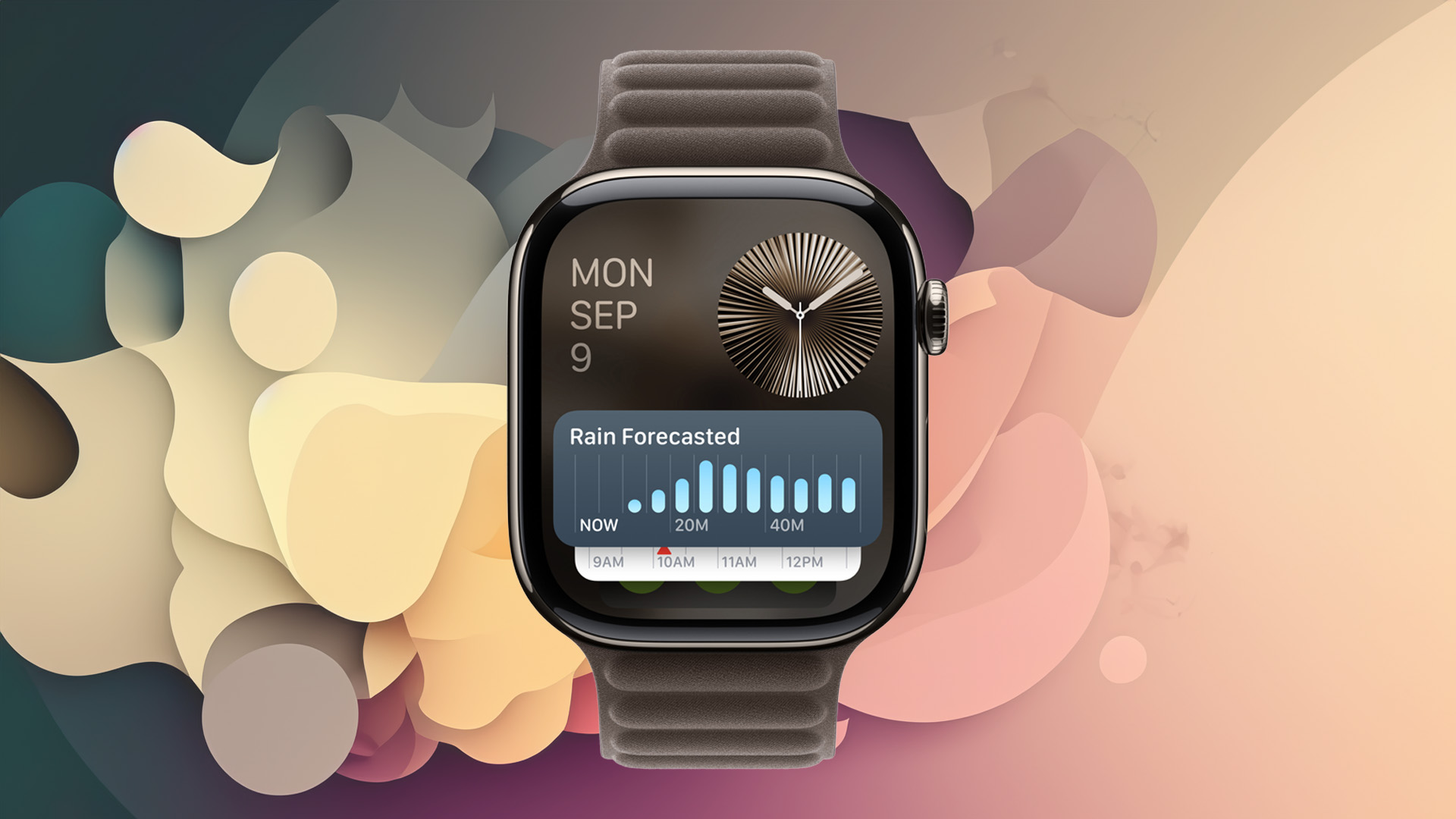 Apple Watch is set to get Apple Intelligence this year, but only with a little help from a friend
Apple Watch is set to get Apple Intelligence this year, but only with a little help from a friendBring on watchOS 12
By Britta O'Boyle
-
 iPad reportedly getting major makeover and your current model could benefit too
iPad reportedly getting major makeover and your current model could benefit tooApple is said to be making a change that iPad power users have been wanting for years
By Carrie Marshall
-
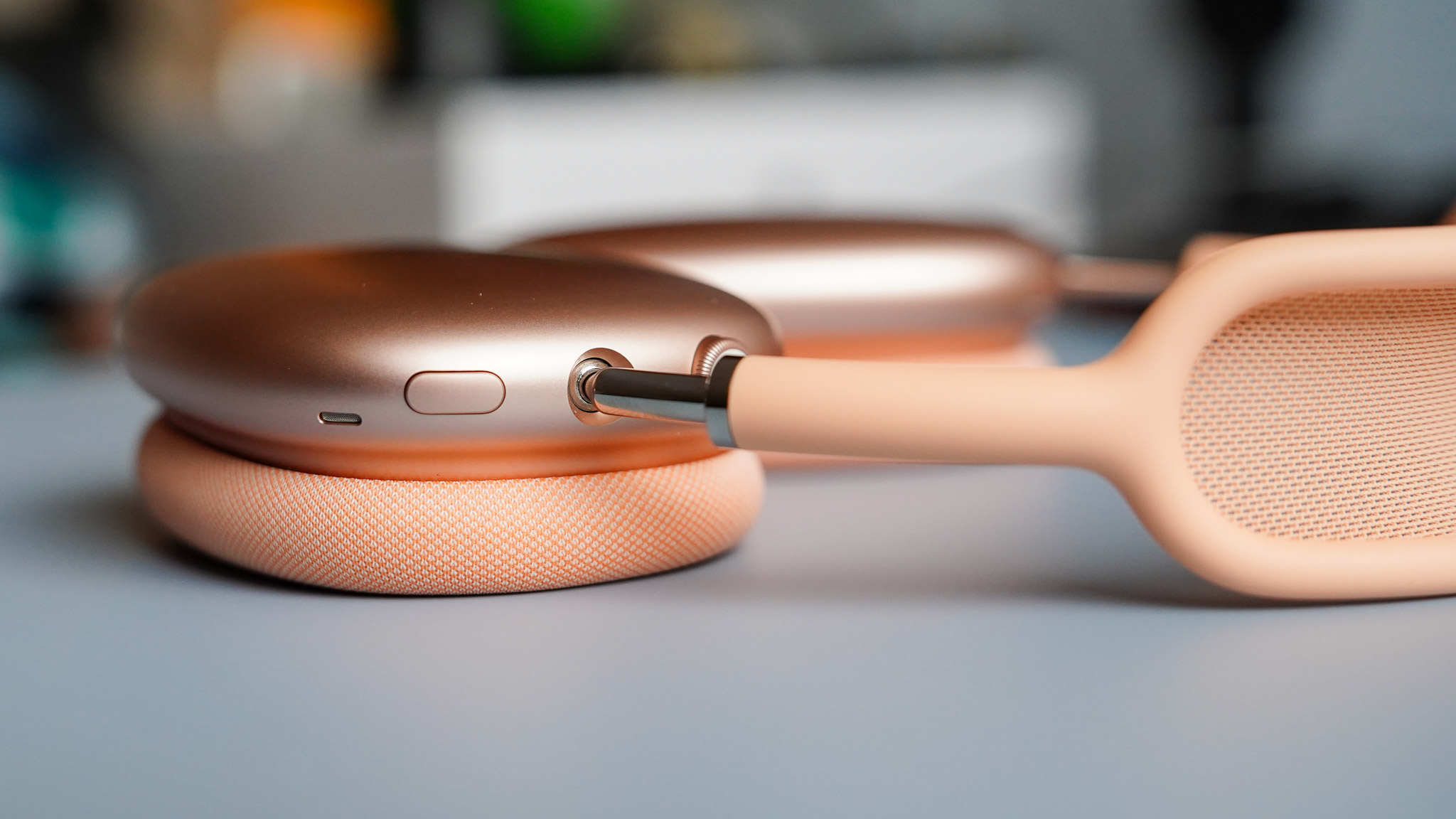 AirPods Max finally get the great free upgrade Apple promised
AirPods Max finally get the great free upgrade Apple promisedHere's how to make sure your headphones are running the right firmware
By Britta O'Boyle
-
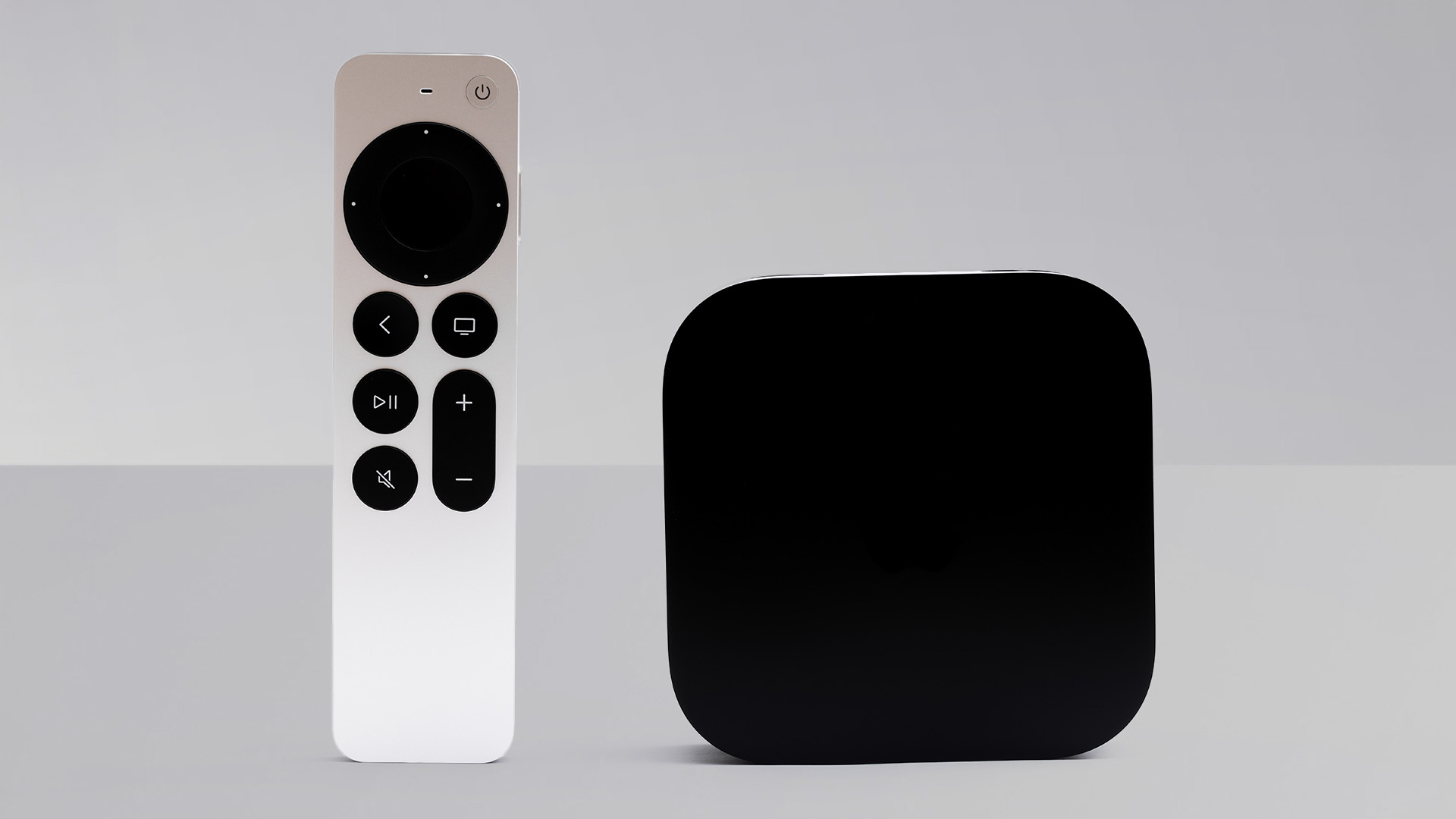 Apple TV gets a free update that makes it more simple to use
Apple TV gets a free update that makes it more simple to useApple has released tvOS 18.4 with a few design tweaks for its TV boxes
By Rik Henderson
-
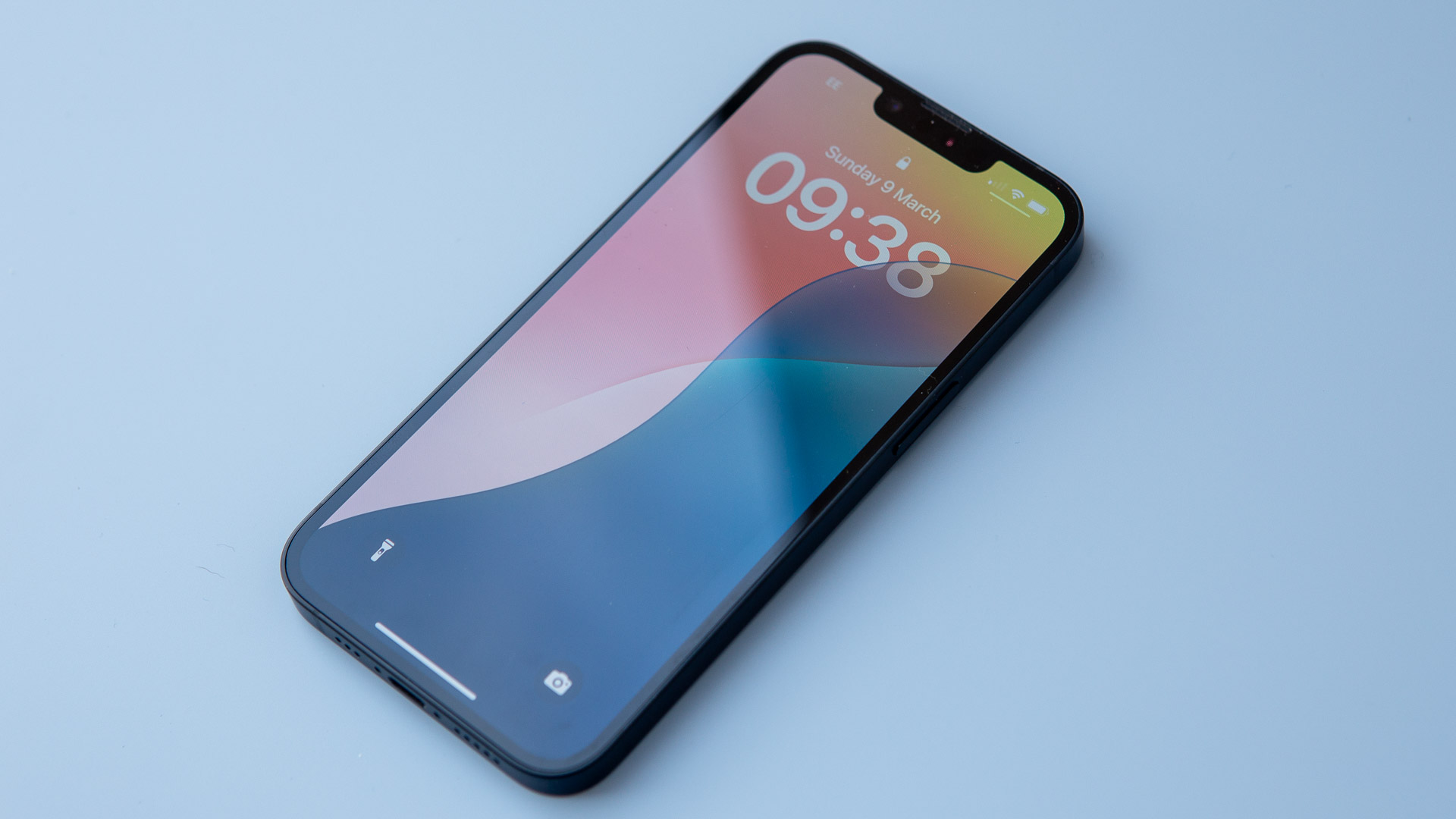 Your iPhone gets some new tricks - here’s what it can do now
Your iPhone gets some new tricks - here’s what it can do nowThe new emojis and priority notifications are probably our favourite
By Britta O'Boyle
-
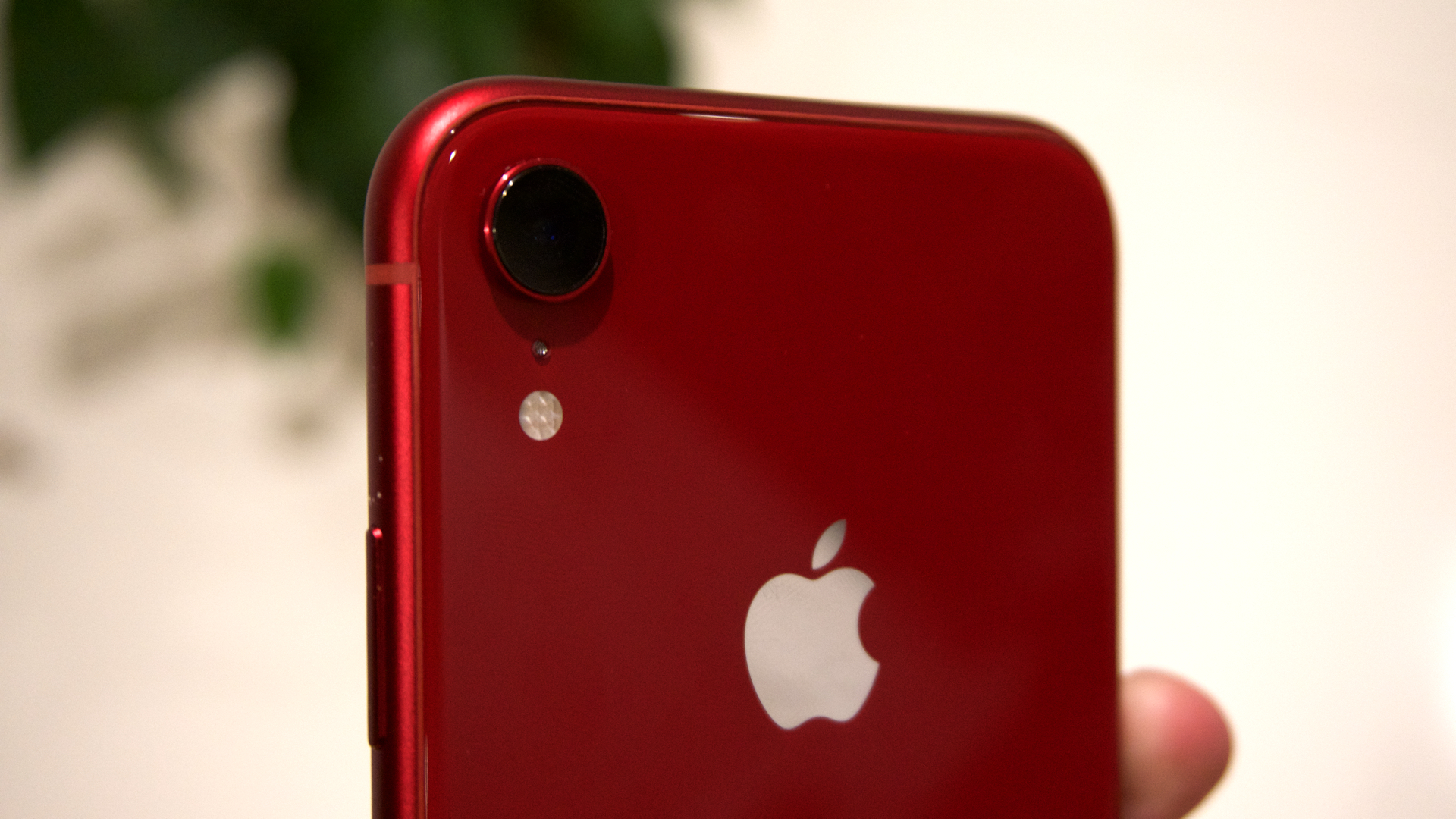 Older iPhones at risk of being left behind when iOS 19 arrives – is your device one of them?
Older iPhones at risk of being left behind when iOS 19 arrives – is your device one of them?Apple will reportedly drop three iPhone models when it comes to the iOS 19 update
By Carrie Marshall
-
 Your next MacBook Pro could be a game-changer for three good reasons
Your next MacBook Pro could be a game-changer for three good reasonsApple will reportedly upgrade next year's MacBook Pro in three major ways
By Rik Henderson
-
 M5 iPad Pro on schedule for release this year, claims expert
M5 iPad Pro on schedule for release this year, claims expertApple's best tablet is reportedly getting even more power in late 2025
By Carrie Marshall
